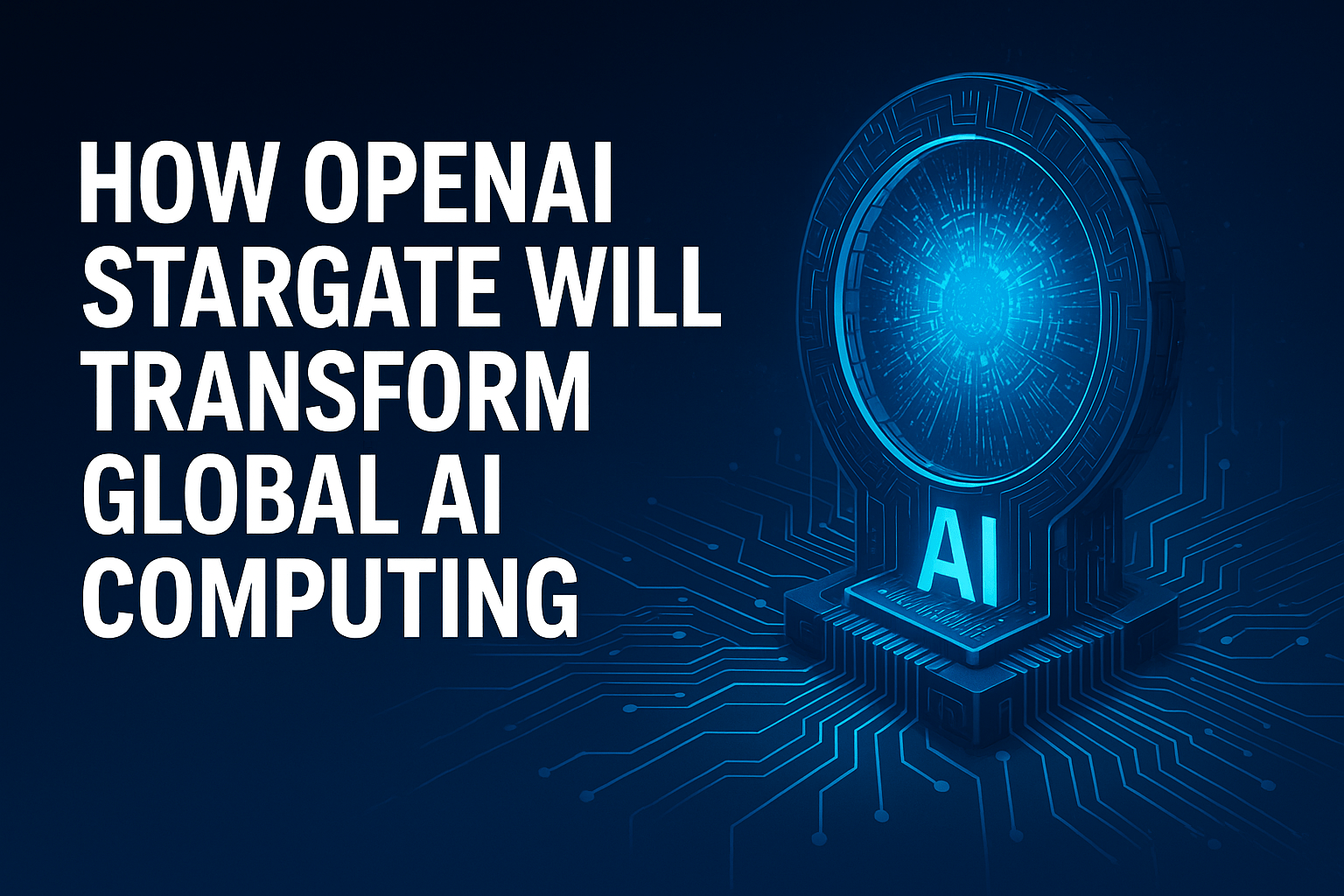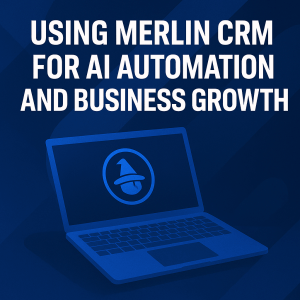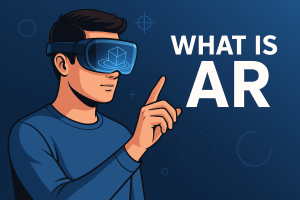What is Open AI Stargate
When I first came across the term “Open AI Stargate,” I sensed instantly that this was more than just another tech announcement. It struck me as a turning point in how artificial intelligence (AI) will be built, deployed and governed in the coming years. So I dove into the details of what the Open AI Stargate initiative actually is, what motivates it, and why it matters—not just for tech insiders but for business owners, digital marketers, and anyone aiming to ride the AI wave.
At its core, Open AI Stargate is a massive infrastructure platform spearheaded by OpenAI and its partners, designed to build frontier-scale compute capacity for advanced AI models. This effort is anchored by a commitment of up to $500 billion over the next few years, aimed at creating the physical and computational backbone needed for the next era of generative AI. OpenAI+1
How Open AI Stargate Came to Be
To understand why Open AI Stargate exists, consider the trajectory of AI development. In recent years, the power of AI models has exploded—language models, image generators, robotics and autonomous systems all require exponentially more computing power and data infrastructure than ever before. According to an overview from TechTarget, the demand for compute has surged and existing data centers often fall short.
Recognizing this, OpenAI partnered with major players such as SoftBank Group, Oracle Corporation, and others to create a joint venture that aims to deliver what amounts to a new kind of national-scale infrastructure program, but privately led. The announcement made on January 21, 2025 laid out the vision.
What stood out to me is how the initiative blends technology ambition with economic and geopolitical goals: creating hundreds of thousands of jobs, securing leadership in AI, and building data centers that are purpose-built for AI workloads—not retrofitting legacy infrastructure.
What Open AI Stargate Actually Does
When marketers talk about AI or infrastructure, it’s often abstract. Open AI Stargate gives concrete form to that infrastructure. Here’s what it involves:
The project builds massive AI-optimized data centers that house millions of GPUs and other hardware designed for training and running large-scale AI models. At the Abilene, Texas campus, for instance, operations are already underway for early training and inference workloads.
Another big piece is energy and site design. Because AI training uses enormous amounts of power and cooling, these data centers are being designed from the ground up to handle those demands efficiently. The result is not just more compute, but more sustainable compute for the AI era.
International expansion is also part of the plan. The “Open AI for Countries” initiative under Stargate is helping partner nations build their own infrastructure clusters in coordination with the U.S. model. For example, the UAE has already signed onto a Stargate cluster with 1 GW capacity in development.
Why Open AI Stargate Matters to You
You might be wondering—as a business owner, marketer or developer—why you should care about something this large and seemingly distant. Here are some reasons I believe it’s important:
First, the tools you might use (like ChatGPT, GPT-4, or other large models) depend on this infrastructure. When OpenAI boosts its compute capacity via Stargate, it means faster innovation, more capable models, and potentially lower costs for end users and businesses. The ripple effect reaches all of us.
Second, from a marketing perspective, the infrastructure underpinning AI models influences how products are built, how data is processed, and how automation scales. If you’re using AI in your business—whether for content, customer service, or workflow automation—Stargate represents the engine behind that growth.
Third, there’s a strategic dimension. With AI becoming more central to global competitiveness, countries and companies that don’t align with those infrastructural shifts risk being left behind. The fact that OpenAI is setting up global partnerships signals that access to advanced AI might increasingly be tied to infrastructure, partnerships and scale.
Challenges and Considerations
No major initiative is free of risk or criticism, and Open AI Stargate is no exception. One concern is whether the tremendous investment will translate into equitable access or whether it concentrates power in the hands of a few organizations. Some analysts compare the scale of this effort to early infrastructure mega-projects.
Another challenge is energy and environmental sustainability. Large AI data centers consume vast amounts of electricity and require advanced cooling. While Stargate’s design includes sustainability goals and renewable energy, the scale of deployment means these considerations will be under constant scrutiny.
Finally, for smaller companies or individual creators, the question remains how openness and access will evolve when the hardware backbone is being built at such a massive scale. Will smaller players still be able to compete or will access become more restricted? That question is open.
What to Watch Next
From my viewpoint, several key developments between now and the next few years will determine how impactful Open AI Stargate becomes:
-
Watch for how many gigawatts (GW) of compute capacity actually come online. The target of 10 GW was stated early.
-
Follow how global deployments evolve—countries like Norway, UAE and others are now part of the equation.
-
Keep an eye on developer access and partnership models. As more infrastructure comes online, the cost and availability of AI models and services may shift.
-
Monitor regulatory and geopolitical dimensions. Large-scale AI infrastructure touches on national security, data sovereignty and trade issues. These will matter for international marketers and businesses as much as for governments.
When I reflect on what the Open AI Stargate initiative is, I see a bold re-imagining of how artificial intelligence gets built and scaled. It is about building not just software, but the very physical infrastructure necessary to power the next wave of innovation. For anyone working online—be it marketing, development, or business growth—understanding this shift is more than academic. It’s foundational.
If you’re using AI tools today or planning to, keeping an eye on Stargate and what it enables is wise. Because the benefits of AI don’t just depend on clever algorithms—they depend on real-world compute, network, partnerships and strategy. And that’s exactly what Open AI Stargate brings into focus.









